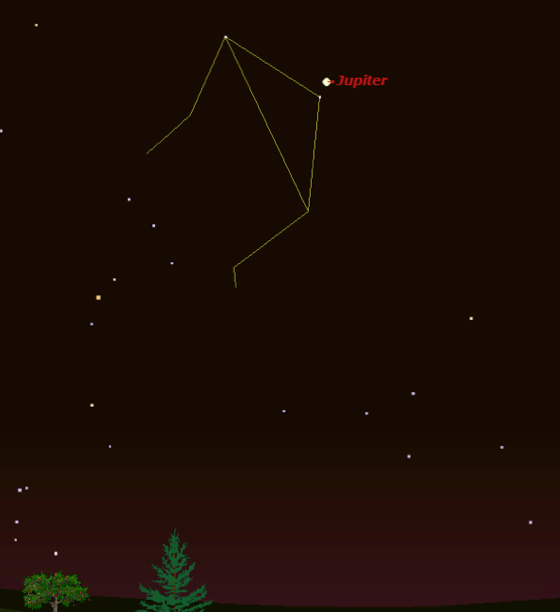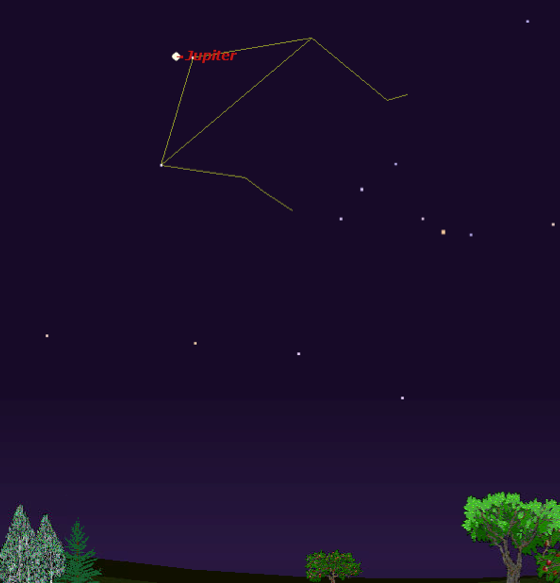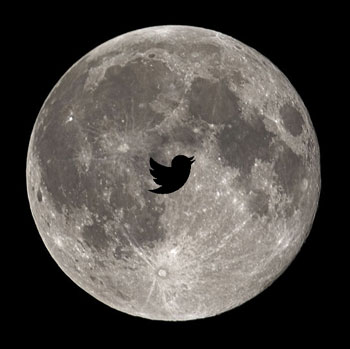Here’s a holiday treat from outer space: The Christmas Tree Cluster!
Imagine the beautiful green, wispy branches of a Christmas tree — adorned with red, blue and white lights — gracefully on display in the heavens above.
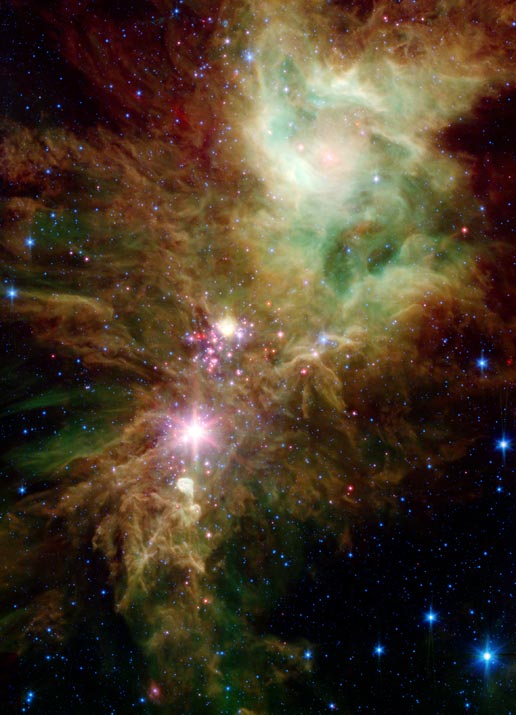
Newborn stars, hidden behind thick dust, are revealed in this image of a section of the Christmas Tree Cluster from NASA’s Spitzer Space Telescope. Infant stars appear as pink and red specks toward the center and appear to have formed in regularly spaced intervals along linear structures in a configuration that resembles the spokes of a wheel or the pattern of a snowflake. Hence, astronomers have nicknamed this the “Snowflake Cluster.”
Star-forming clouds like this one are dynamic and evolving structures. Since the stars trace the straight line pattern of spokes of a wheel, scientists believe that these are newborn stars, or “protostars.” At a mere 100,000 years old, these infant structures have yet to “crawl” away from their location of birth. Over time, the natural drifting motions of each star will break this order, and the snowflake design will be no more.
Like a dusty cosmic finger pointing up to the newborn clusters, Spitzer also illuminates the optically dark and dense Cone Nebula, the tip of which can be seen towards the upper right corner of the image.
Image Credit: NASA/JPL-Caltech/P.S. Teixeira (Center for Astrophysics)
And here’s some other neat space imagery for you!
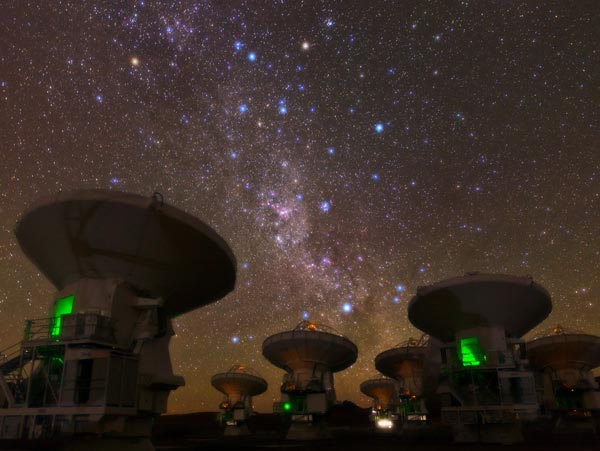
The object that is glowing intensely red in the image is the Carina Nebula. The Carina Nebula lies in the constellation of Carina (The Keel), about 7500 light-years from Earth. This cloud of glowing gas and dust is the brightest nebula in the sky and contains several of the brightest and most massive stars known in the Milky Way, such as Eta Carinae. The Carina Nebula is a perfect test-bed for astronomers to unveil the mysteries of the violent birth and death of massive stars. Click here for more information about this image.
Finally, here is a beautiful video — set to equally beautiful music — showing the night skies over Cornwall and Scilly, in Great Britain.
Name a star for that special someone this Christmas!
Consider our Instant Gifts: Download, Print and Give 24/7!

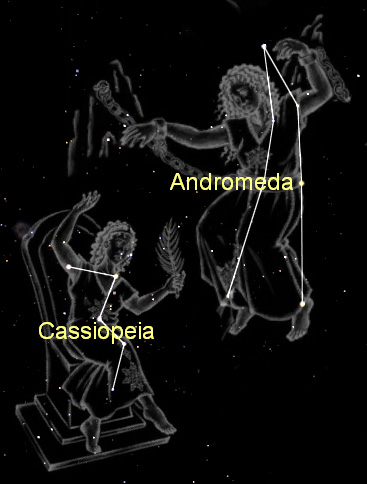
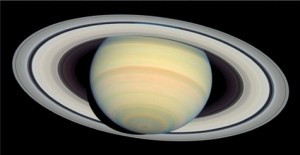
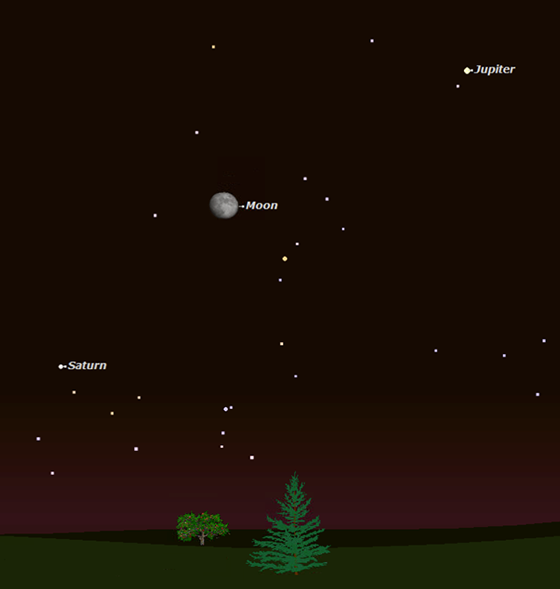
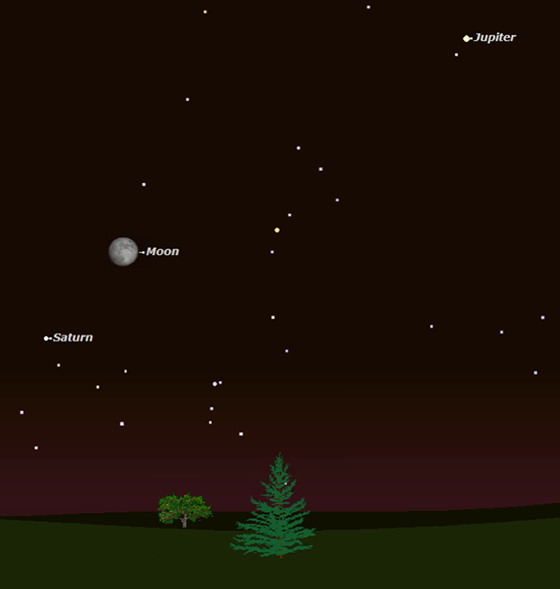
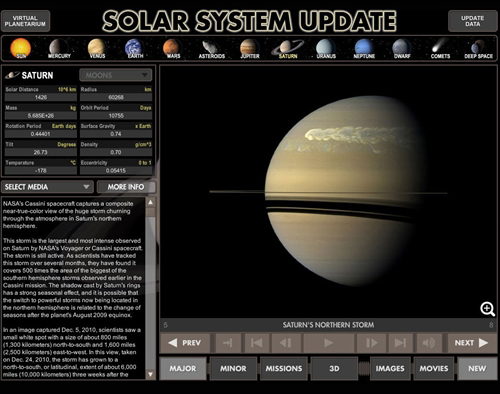
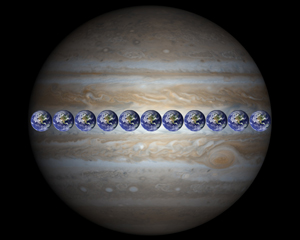 In addition to Saturn, you can see the giant planet Jupiter in the Name A Star Live constellation Libra this month. Viewed through a telescope, you may see up to four of Jupiter’s largest moons. And did you know that 11 Earth’s could fit across the width of Jupiter?
In addition to Saturn, you can see the giant planet Jupiter in the Name A Star Live constellation Libra this month. Viewed through a telescope, you may see up to four of Jupiter’s largest moons. And did you know that 11 Earth’s could fit across the width of Jupiter?